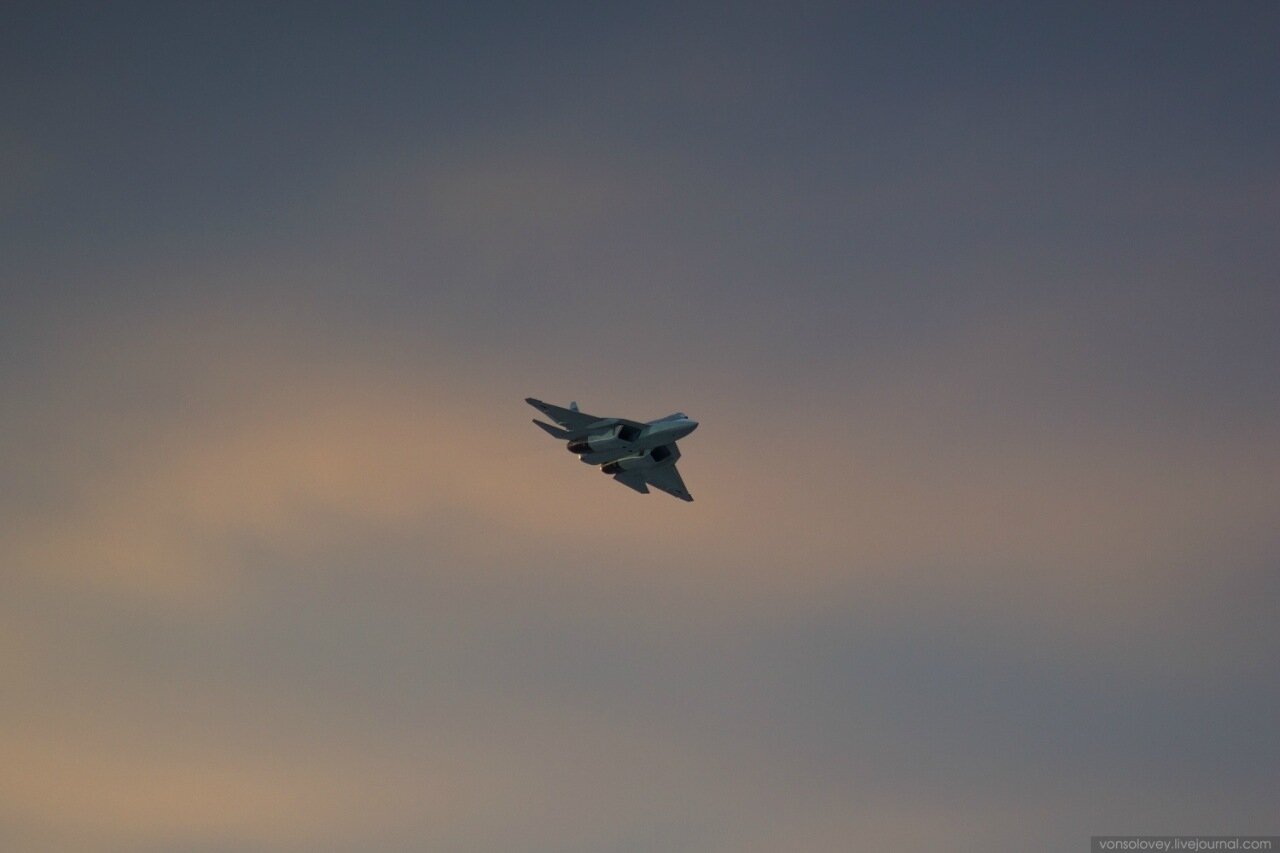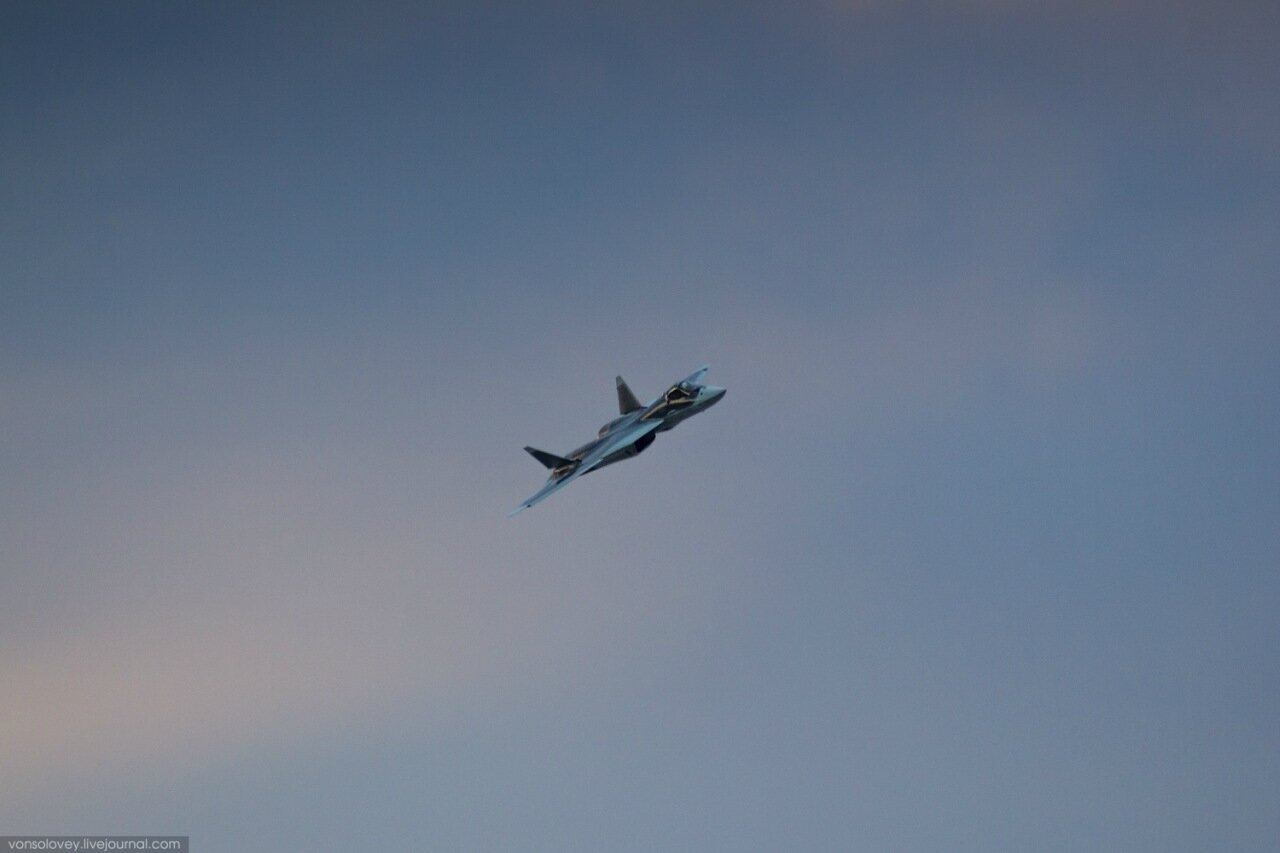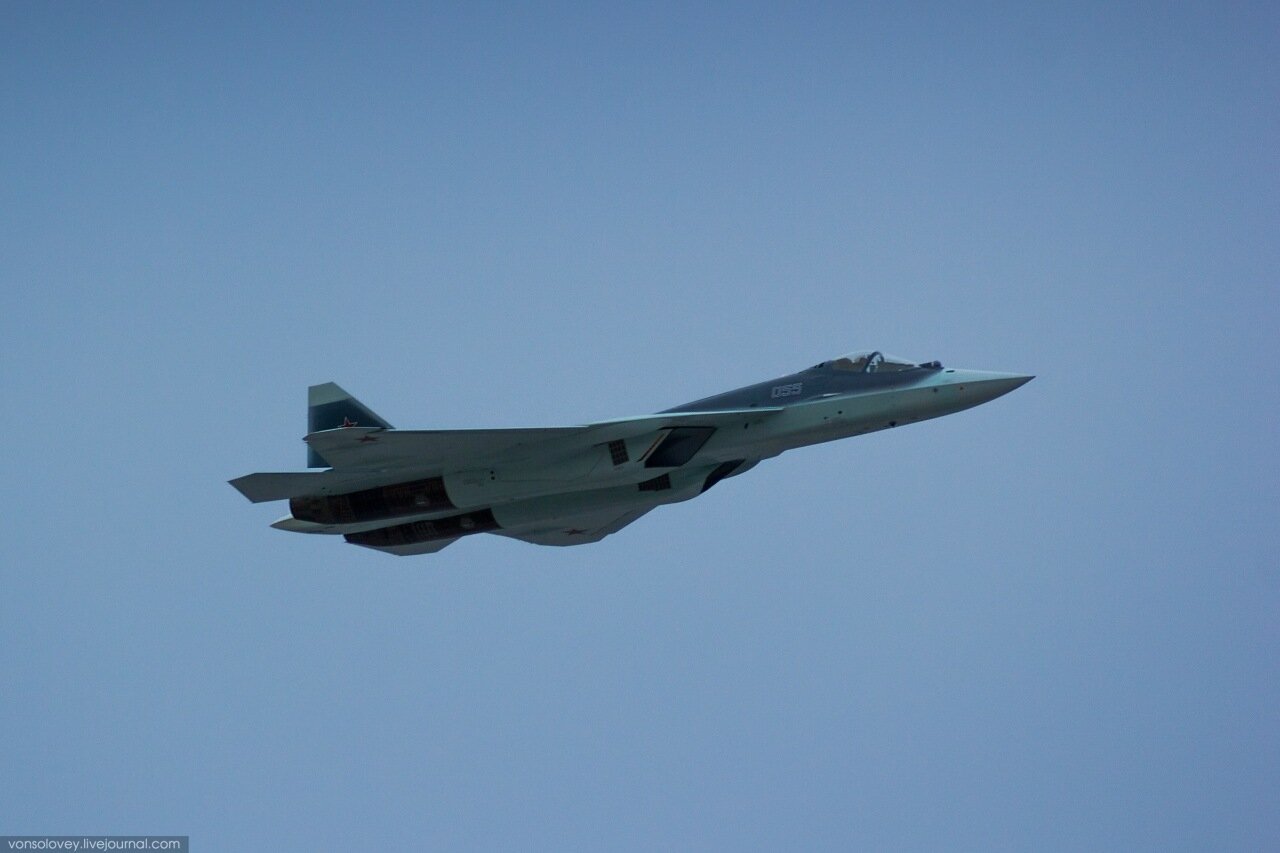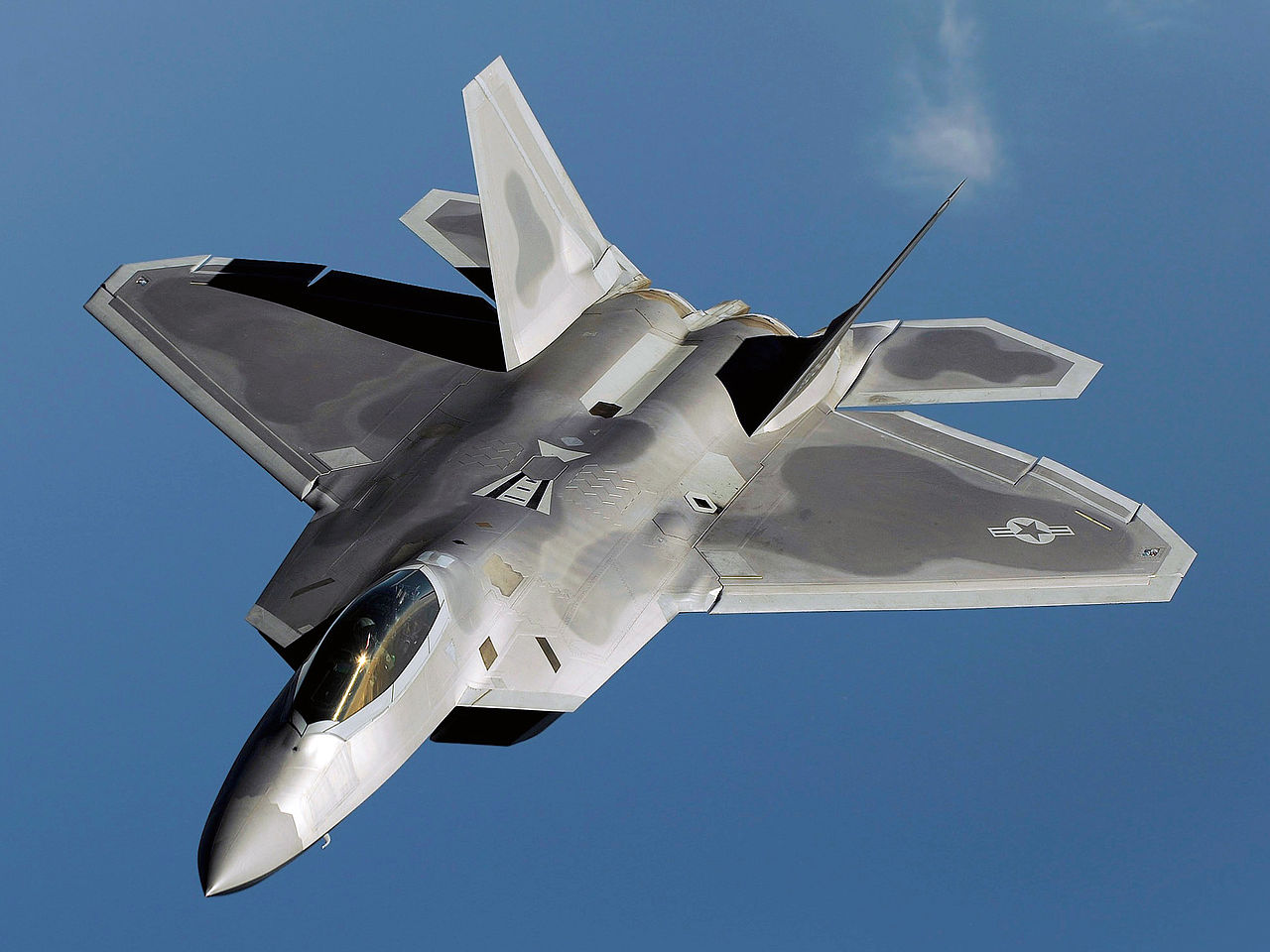رد: مقاتلة "تي-50" أفضل من "أف-35"
اخي دارك انيرجي يكفي ان تطوير الداس على ف35 هو لمواجة السو-27 .....هذا يعطيك فكرة عن قوة تاثير الفكر الروسي على دفع الامريكان لحلول مثل هذه ..ونفس الامر دفع الروس لايجاد حلول لمواجهة التخفي والتشويش الخ ..كل طرف يعمل بطريقة مختلفة عكس الاخر احيانا وليس بالضرورة سباق على خط متوازي
اخي دارك انيرجي يكفي ان تطوير الداس على ف35 هو لمواجة السو-27 .....هذا يعطيك فكرة عن قوة تاثير الفكر الروسي على دفع الامريكان لحلول مثل هذه ..ونفس الامر دفع الروس لايجاد حلول لمواجهة التخفي والتشويش الخ ..كل طرف يعمل بطريقة مختلفة عكس الاخر احيانا وليس بالضرورة سباق على خط متوازي














 ..هذه بداية جيدة ويمكنها حمل نظام
..هذه بداية جيدة ويمكنها حمل نظام 




تعليق